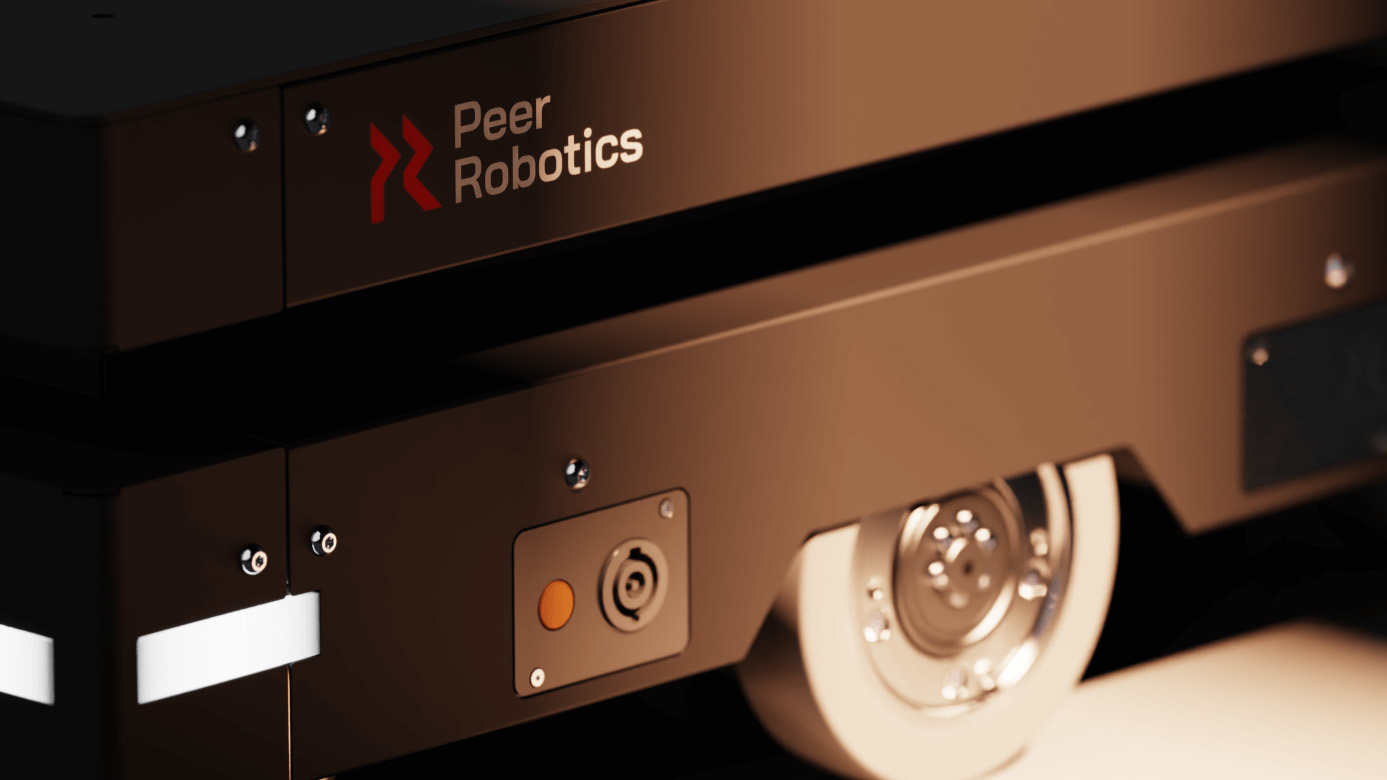Reliably Broadcast Data
Datacasting with ATSC 3.0
Deliver data quickly and efficiently with one-to-many data delivery
You need to push content and information out to employees, students and customers. A cellular network is costly, requires separate connections and bandwidth for each user. Consider ATSC 3.0 Datacasting from Trilogy NextGen.
Datacasting uses existing broadcast television signals to deliver encrypted IP data to an infinite number of users over a wide geographical area without the high costs or bandwidth constraints of cellular. Using the latest ATSC 3.0 technology, datacasting enables you to send any type of data—text, video, audio and more.
Datacasting compared to traditional cellular
Traditional Cellular (one-to-one)
One-to-one connection between the network and devices
Communication is between one device on the network to the other
Individual sessions; each connection consumes independent bandwidth
ATSC Datacasting (one-to-many)
One-to-many connection between the network and devices
One-way transfer of data to any device capable of receiving
Transmit the same content once and unlimited devices can receive
Efficient resource usage and better economics for transmitting same content
Nobody Does Datacasting like Trilogy
Trilogy NextGen is a pioneer in the use of datacasting for a wide range of applications. We’re also fluent in 5G, WiFi, broadband, private networking and more. With your input and vision and our experience and expertise, we design, deploy, integrate and optimize a customized datacasting solution that addresses your challenges. The result is a high-reliability, high-capacity solution that keeps your people informed, updated and engaged in real-time while minimizing cost and complexity.
Simplify Your Digital Transformation with
Trilogy NextGen
Trilogy NextGen crafts integrated solutions that bridge the gap between connectivity, intelligence and automation for enterprises, educational institutions, smart cities, industrial plants, media and financial services. Building on our unique blend of cutting-edge technologies and deep systems integration expertise, Trilogy NextGen designs seamless experiences that are simple, reliable and secure using private 5G, Wi-Fi, and ATSC 3.0 datacasting technologies. Our expertise empowers organizations to thrive in today’s ever-evolving digital world.

Designed for Your Digital Future
Transform your digital future with innovative, secure, cost-effective solutions from Trilogy NextGen.
Datacasting FAQs
What is datacasting?
Datacasting is the process of broadcasting data over a wide area using television or radio signals, typically to deliver internet content without the need for a broadband connection.
How does datacasting work?
Datacasting works by embedding digital data into traditional broadcast signals, which can then be received and decoded by compatible devices. At Trilogy Next Gen, we're harnessing the power of datacasting to revolutionize how digital data is transmitted.
What types of content can be datacast?
Until recently, datacasting was limited to radio or tv signals, meaning only audio or video content could be datacast. That’s because the underlying standards-based technology relied on ATSC 1.0. In 2017, the industry approved ATSC 3.0 for use, enabling any type of content (image files, text files, audio and video files, etc.) to be easily transmitted, point to multipoint.
What are some of the current and future applications for datacasting?
Using ATSC 1.0, datacasting was used to deliver public safety data to police, fire, and other first responders. Now, thanks to ATSC 3.0, the capabilities of datacasting have greatly expanded. It can now be used to provide real-time traffic updates and alternative driving routes to improve transportation in smart cities and broadcast public meeting schedules and information about local services and events. It’s also ideal for alerting area citizens to hyper-local weather and other safety threats, providing residents with real-time energy consumption data from the local utility and enabling business to target their advertising like never before.
What are the benefits of datacasting for schools and universities?
Datacasting benefits schools and universities by providing a cost-effective way to distribute educational content to multiple locations simultaneously, especially where internet access is limited. It enables reliable delivery of lessons, multimedia resources, and critical updates to students and faculty, ensuring equal learning opportunities for remote or underserved areas.
ATSC FAQs
What is the Advanced Television Systems Committee (ATSC)?
The ATSC is an international non-profit organization that develops voluntary standards for digital television, including datacasting, used primarily in North America.
What version of ATSC is used for datacasting?
The version of the Advanced Television Systems Committee (ATSC) standards used for datacasting is primarily ATSC 3.0. This latest version, also known as NextGen TV, has been designed to support enhanced data transmission capabilities alongside traditional audio and video content. ATSC 3.0 utilizes advanced encoding and modulation techniques, allowing for more efficient use of broadcast spectrum.
What Are the Benefits of ATSC 3.0?
ATSC 3.0 is the latest version of the ATSC standards, offering significant enhancements over previous versions. These improvements include:
- Improved Picture and Sound Quality: Supports 4K Ultra HD resolution and immersive audio formats.
- Interactivity and Personalization: Offers interactive features and personalized content, enhancing viewer engagement.
- Better Signal Reception: More robust signal that improves reception, especially for mobile devices and TVs without outdoor antennas.
- Hybrid Broadcast-Broadband Capabilities: Allows integration of broadcast and internet content.
- Advanced Emergency Alerts: Enhanced alert systems provide more detailed and localized emergency information.










